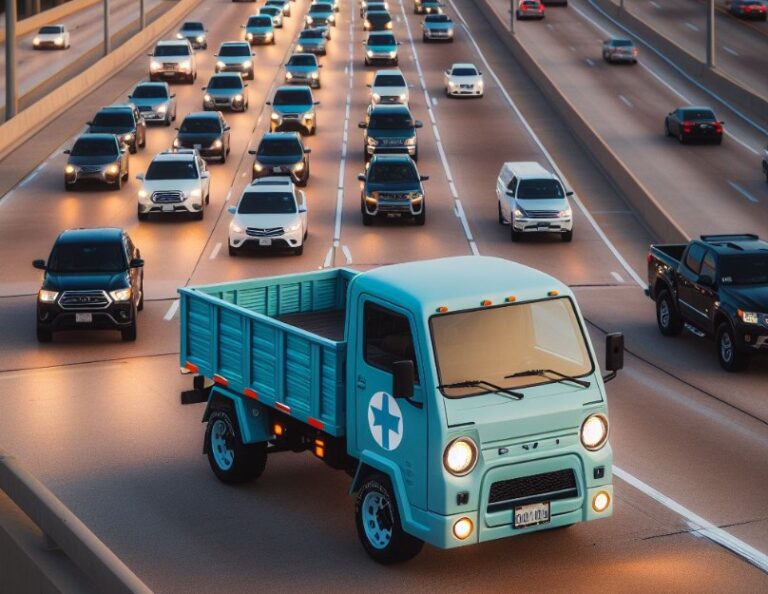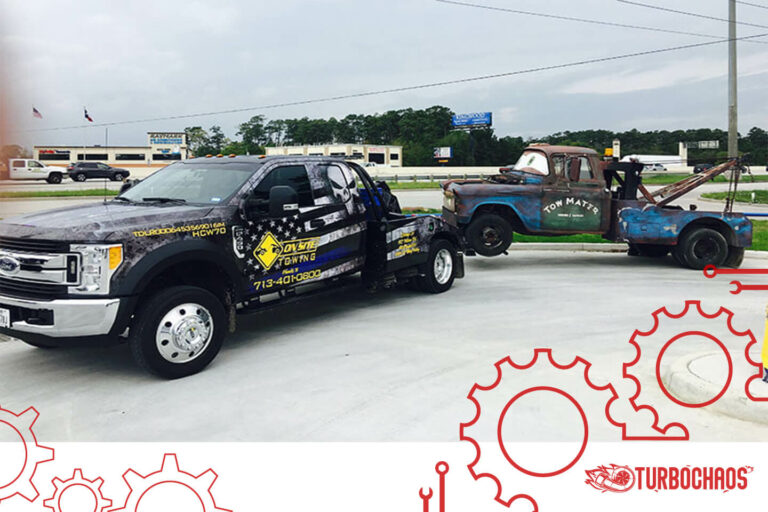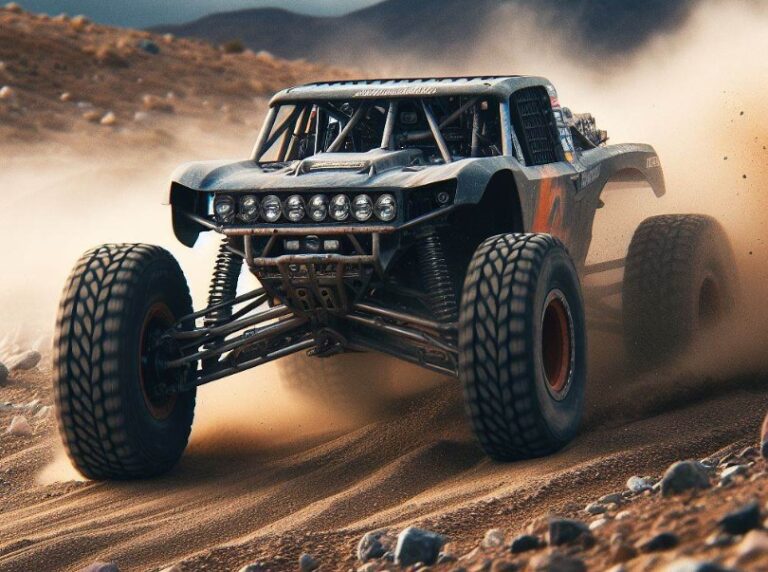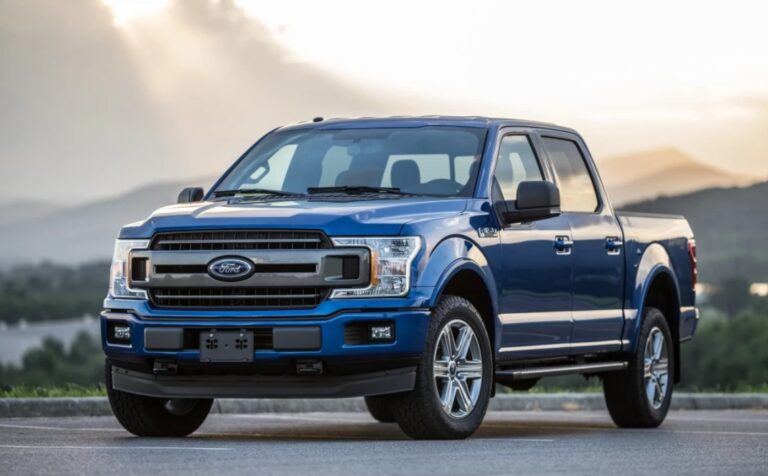What Is A Front Loader Truck? A Complete Breakdown
This article aims to provide information on What Is A Front Loader Truck? Understanding the dynamics and utility of a front loader truck is essential in numerous industries. This article explores what a front loader truck is, its features uses, and some frequently asked questions about it.
Key Takeaways
- Front Loader Truck Definition: A specialized heavy-duty vehicle designed for lifting and transporting materials.
- Uses: Widely used in waste management, construction, and mining industries.
- Features: Equipped with a hydraulic front loader, large capacity, and robust design.
- Benefits: Increases efficiency, enhances safety, and reduces labor costs.
What Is A Front Loader Truck?
A front loader truck is a heavy-duty vehicle equipped with a hydraulic lift mechanism at the front. It is primarily used for lifting, transporting, and unloading materials, such as waste containers, construction debris, or other heavy items.
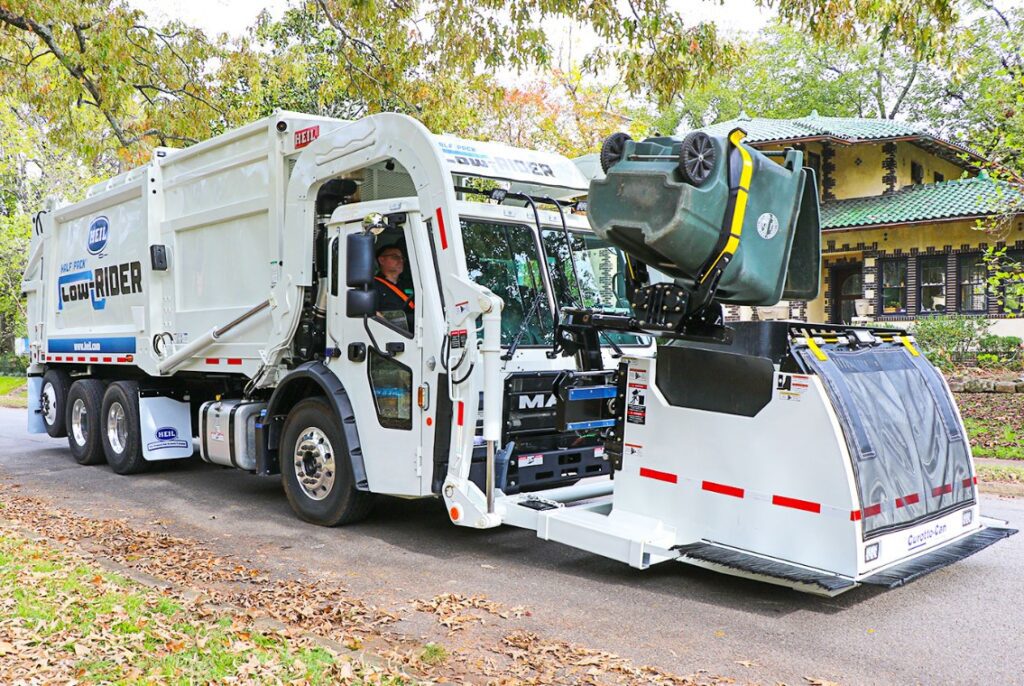
This type of truck is characterized by its front-mounted loader arms and bucket, which are operated through a hydraulic system, enabling it to efficiently handle and move large volumes of material.
Detailed Features of Front Loader Trucks
Design and Structure
Front loader trucks are characterized by their distinctive front-mounted loader mechanism. This loader is typically a large bucket or scoop, attached to the truck through a set of hydraulic arms.
These hydraulic systems provide the power needed to lift heavy materials with ease. The truck’s design also includes a spacious cabin, robust chassis, and powerful engine, ensuring it can handle heavy loads and challenging terrains.
Capacity and Efficiency
One of the standout features of front loader trucks is their impressive load capacity. They can handle a significant amount of material in one go, which is a key factor in their efficiency. This capacity minimizes the number of trips required to transport materials, thereby saving time and fuel.
Uses of Front Loader Trucks
In Waste Management
In the waste management industry, front loader trucks play a crucial role. They are often used for collecting and transporting large waste containers. Their hydraulic systems allow for easy lifting and emptying of these containers, making waste collection more efficient and less labor-intensive.
In Construction and Mining
These trucks are also pivotal in construction and mining. They are used for moving earth, debris, and other materials. Their strength and capacity make them ideal for these challenging environments, where they contribute significantly to project efficiency.
Advantages of Using Front Loader Trucks

Enhanced Operational Efficiency
By using a front loader truck, businesses can significantly boost their operational efficiency. The ability to move large amounts of material quickly and effortlessly saves both time and labor costs.
Safety and Reliability
These trucks are designed with safety in mind. The front loader mechanism is built to securely handle heavy loads, reducing the risk of accidents. Additionally, their robust construction ensures reliability even in the most demanding conditions.
Maintenance and Care for Front Loader Trucks
Regular Maintenance
Maintaining a front loader truck is key to its longevity and performance. Regular maintenance checks should include inspections of the hydraulic systems, engine, and structural integrity of the loader and truck body.
Handling and Operation
Proper handling and operation are crucial for maintaining the safety and efficiency of these trucks. Operators should be trained in the specific model they are using to ensure they can operate it safely and effectively.
What Is Front Loader Used For?
Front loader trucks are primarily used for heavy-duty tasks in various industries. Their key applications include:

- Waste Management: They are extensively used in waste collection, especially for commercial and industrial waste. The front loader lifts standardized containers and empties them into the truck’s hopper.
- Construction Sites: In construction, they are employed for moving building materials, soil, and debris. Their ability to handle heavy loads makes them ideal for such tasks.
- Mining Operations: Front loaders transport ore and other materials in mining sites. Their robust build enables them to operate in challenging environments.
- Snow Removal: Equipped with a plow, they can be used for snow removal in urban and rural areas.
- Agricultural Sector: They assist in handling large quantities of agricultural products and materials.
What Is The Difference Between A Front Loader And A Rear Loader?
Front loader and rear loader trucks, while both used in waste management, have distinct differences:

- Loading Mechanism:
- Front loaders have a hydraulic fork at the front to lift and empty containers overhead into the hopper.
- Rear loaders are loaded from the back, either manually or with a lifting mechanism.
- Capacity and Efficiency:
- Front loaders generally have a larger capacity and are more efficient for commercial waste with larger and heavier bins.
- Rear loaders are better suited for residential waste collection with smaller bins.
- Operational Environment:
- Front loaders are preferred in commercial areas or where space allows them to maneuver easily.
- Rear loaders are more adaptable to narrow streets and residential areas.
- Cost and Maintenance:
- Front loaders are often more expensive due to their larger size and complex mechanism.
- Rear loaders, being simpler in design, are less costly to purchase and maintain.
How Does A Front Loader Garbage Truck Work?
A front loader garbage truck operates using a hydraulic mechanism to collect and transport waste:
- Lifting Mechanism:
- The truck is equipped with hydraulic forks at the front, which attach to specially designed waste containers.
- Emptying Process:
- Once the forks secure the container, they lift it over the truck and invert it, allowing the waste to fall into the hopper.
- Compaction:
- Inside the hopper, a hydraulic compactor compresses the waste, increasing the truck’s capacity.
- Disposal:
- After collection, the truck transports the waste to a disposal site, where it is emptied by tilting the hopper.
- Efficiency and Safety:
- This process is efficient and reduces the risk of injury to workers, as it requires minimal manual handling of waste.
Conclusion
In conclusion, front-loader trucks are vital in modern industry. Their ability to lift and transport large volumes of material efficiently makes them a key player in sectors like waste management, construction, and mining. Their robust design, coupled with their operational efficiency, makes them a wise investment for businesses looking to enhance productivity and safety.
Frequently Asked Questions
Are there environmentally friendly models of front loader trucks?
Yes, manufacturers are increasingly focusing on environmentally friendly options, including models with lower emissions, improved fuel efficiency, and even electric-powered front-loader trucks.
What is the average lifespan of a front loader truck?
With proper maintenance, a front loader truck can last 10 to 15 years, though heavy usage in harsh conditions can reduce this lifespan.
Can front loader trucks operate in all weather conditions?
These trucks are designed to operate in various conditions, including extreme temperatures and wet environments. However, certain conditions like icy or unstable ground can pose safety risks, and operators must be cautious.
How often do front loader trucks need maintenance?
Maintenance frequency depends on usage intensity but generally includes daily inspections and regular servicing every few months. Key areas of focus are the hydraulic system, engine, and structural integrity of the loader mechanism.

Welcome to the exhilarating world of Matt Rex, a professional car racer turned renowned vehicle enthusiast. Immerse yourself in his captivating blog as he shares heart-pounding adventures, expert reviews, and valuable insights on cars, trucks, jets, and more. Fuel your passion for speed and discover the beauty of vehicles through Matt’s engaging stories and meticulous expertise. Join the ever-growing community of enthusiasts who find inspiration and expert advice in Matt Rex’s blog—a digital hub where the thrill of speed meets the pursuit of knowledge.



